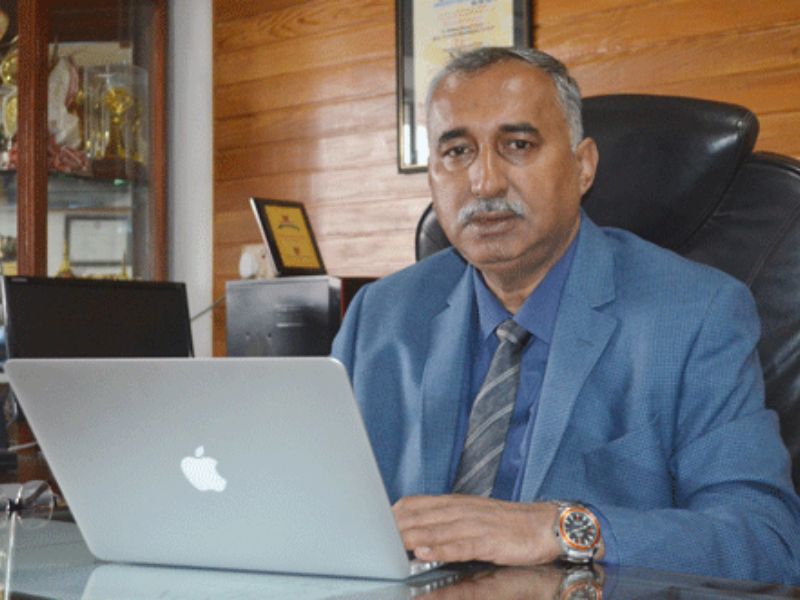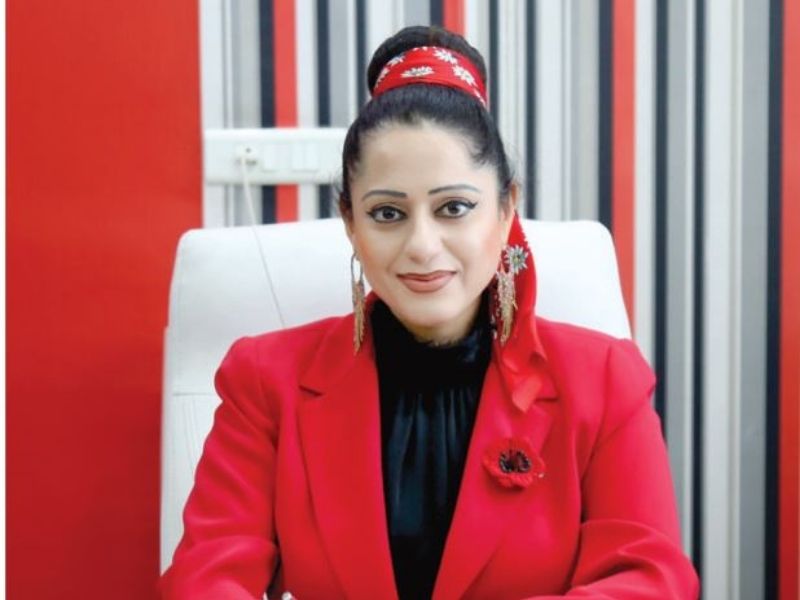Mending Indian Education – 40 Top Principals & Higher Ed Leaders Speak Up
Against the grim backdrop of falling learning outcomes in the country’s school and higher education systems, some of India’s most respected school principals, leaders and vice chancellors suggest ways and means to manage the existential crisis that confronts Indian education – Summiya Yasmeen Indian education — especially public education — is experiencing an existential crisis. News from across the entire spectrum of education — pre-primary, primary, secondary, higher secondary, collegiate and university — is dismal and portends great anguish and uncertainty for 21st century India which grudgingly hosts the world’s largest child and youth population (670 million) below age 24. Sustained under-investment in public education by post-independence India’s political class, indifference of business and industry and apathy of the country’s self-serving academics and the intelligentsia, has rendered the overwhelming majority of the nation’s youngest citizens vulnerable to great hardship and suffering in the rapidly emerging globalised economy in which capability to intelligently compete for customers and market share is likely to unsparingly separate winners and losers. Unless India’s moribund education system is urgently reformed root and branch, there’s real danger that our children and youth will become hewers of wood and carriers of water, i.e, coolies, of the fast crystallising 21st century economy. The weight of evidence of systemic rot within Indian education is mountainous. Year after year, the Annual Status of Education Report published by the globally respected Mumbai/Delhi-based NGO Pratham Education Foundation, which field-tests the real learning outcomes of primary school children in rural India through a massive volunteer workforce, has been reporting that over 50 percent children in class V cannot read class II textbooks. Nor can they do simple sums. Last year, in a refreshing departure from past practice of testing primary school children, Pratham volunteers field tested 30,532 adolescents in the age group 14-18 from 25,726 households in rural India. The recently released ASER 2017 assesses whether adolescents who have completed elementary education (class I-VIII) are learning for further study, pursuing vocational education or working. In addition, they tested them for utilisation of literacy and numeracy skills, their familiarity with digital and financial instruments, exposure to media, and whether they had career goals. Dismally, ASER 2017 indicates that the learning deficits of elementary school are carried forward as teens transform into young adults. It highlights that a quarter of young citizens in this age group still cannot read basic texts in their vernacular languages and more than half struggle with simple — three digits by one — division sums. Unsurprisingly, the report reveals that 14 percent of adolescents are not enrolled in any learning programme, a mere 5.3 percent are enrolled in VET (vocational education and training) programmes, 31 percent are working — most of them in the farm sector — and the remainder have migrated to the cities to do low-end jobs there. Although 73 percent of the 30,532 sampled students were familiar with mobile phones, only 28 percent had used the Internet in the previous week, 26 percent had used computers in the…





















